Shorten procedures, remove resettlement obstacles, allow bidding
According to the Ministry of Construction , the practice of investment in construction of national railway and urban railway projects in the recent past has shown many difficulties and problems focusing on key issues such as: Resource mobilization; investment procedures; planning implementation; site clearance; human resource training, technology transfer, railway industry development, etc.
Therefore, it is very necessary and urgent to develop and promulgate specific and special mechanisms and policies for general application to investment in the construction of railway projects to remove institutional "bottlenecks" and realize the investment goal of completing the national and urban railway networks according to the plan.
According to calculations, the total investment cost for national railway projects is estimated at over VND2.2 million billion from the state budget. For the urban railway system in Hanoi and Ho Chi Minh City, the capital demand is approximately VND3.3 million billion. Of which, the central budget supports a target of nearly VND510 billion. Hanoi City plans to allocate over VND1.17 million billion, Ho Chi Minh City about over VND1.5 million billion.
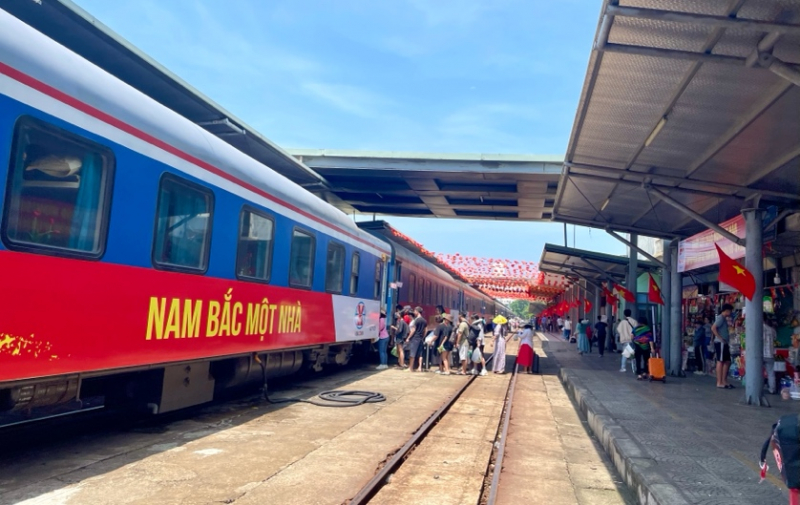
To meet the requirements of resources and progress, the Draft proposes many mechanisms for mobilizing and allocating capital for national and urban railway projects; adjusting planning; dividing projects into component projects and sub-projects; shortening investment procedures and processes; applying the urban development model associated with transport (TOD); effectively exploiting land funds and added value from land in the area surrounding the station. The Draft also mentions compensation, support, and resettlement; planning of waste disposal areas and construction materials; developing science and technology, training human resources, supporting industries, and technology transfer. At the same time, ensuring measures to prevent corruption, waste, and negativity.
To mobilize diverse resources, the draft assigns the Prime Minister to decide on the use of capital sources such as issuing Government bonds, ODA capital, foreign preferential loans, increased revenue and expenditure savings... for railway projects. In addition, the draft proposes to simplify procedures for using foreign preferential loans and procedures for adjusting planning for TOD urban areas. Provincial People's Committees are authorized to decide on technical standards and land use standards in TOD development areas to optimize land use efficiency.
Regarding investment cost management, railway projects have complex techniques and modern technology, and do not have a system of unit prices, norms, standards, and technical regulations, or have them but they are not complete or appropriate. Therefore, to resolve the above-mentioned difficulties, the draft Resolution has proposed a number of specific mechanisms and policies applicable to the projects, such as: Applying the system of norms, construction prices, investment capital rates, data on costs, operation and maintenance announced by domestic and foreign organizations or similar domestic and foreign projects and converted to the calculation time; applying cost items like railway projects with similar nature and implementation conditions in the world. In addition, the project implementation process in the past has shown that the slow implementation of compensation, support, and resettlement is one of the reasons affecting the progress of project implementation and completion, and can even increase the total investment level...
Localities have prepared land and materials for high-speed railway construction.
While the implementation mechanisms are being urgently built, in localities, planning, construction of connecting traffic, and preparation of resources have been carefully calculated. According to the leaders of Dong Nai province, there is a cargo station planned to be located in Quang Tien commune, Trang Bom district. Currently, the locality is ready in terms of land so that when the project is implemented, it can start working immediately. In particular, the locality has also deployed many roads connecting to the railway.
Regarding the project's material mines, the province currently has 44 valid mineral exploitation licenses, ensuring sufficient demand. In Binh Thuan, the high-speed railway line passing through the area is 156km long with 2 passenger stations, Phan Thiet and Phan Ri. It is known that the Standing Committee of the Provincial Party Committee has assigned the Provincial People's Committee to urgently complete the investment plan for the connecting traffic project, study the synchronous planning of the high-speed railway station urban area, determined to complete it no later than the fourth quarter of 2028, ready to connect with the high-speed railway line.
Meanwhile, preparations for the project through Hue City (95km long) are basically complete. When the project is approved, Hue City will carry out site clearance, relocation and resettlement arrangements. Hue Station is located in Phu My Commune (Phu Vang District) and Chan May Station is located in Phu Loc District. The current land status along the high-speed railway line is mainly agricultural land, which will facilitate inventory and compensation.
In Ho Chi Minh City, where the final passenger station of the high-speed railway is located, the 17-hectare planned station area in Thu Thiem has been zoned off to protect the site. The station has a frontage adjacent to Mai Chi Tho Street, next to the An Phu intersection to go up to Long Thanh Expressway. This is also the planned station location of the Long Thanh - Thu Thiem light rail line and connects to the inner-city metro lines of Ho Chi Minh City. According to the Ho Chi Minh City Department of Transport, the corridor of the high-speed railway runs along the Ho Chi Minh City - Long Thanh Expressway, so it does not have much impact on site clearance. The city is looking forward to the project being implemented soon.
Source: https://cand.com.vn/Giao-thong/giai-bai-toan-co-che-huy-dong-hon-5-5-trieu-ty-dong-dau-tu-mang-luoi-duong-sat-quoc-gia-do-thi-i767488/





![[Photo] Nearly 3,000 students moved by stories about soldiers](https://vphoto.vietnam.vn/thumb/1200x675/vietnam/resource/IMAGE/2025/5/17/21da57c8241e42438b423eaa37215e0e)


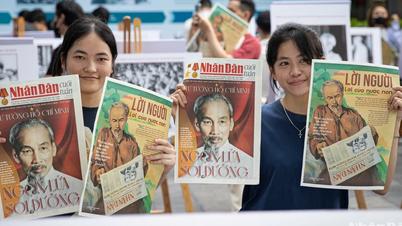

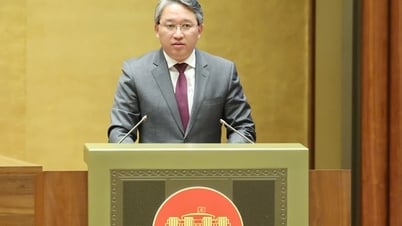

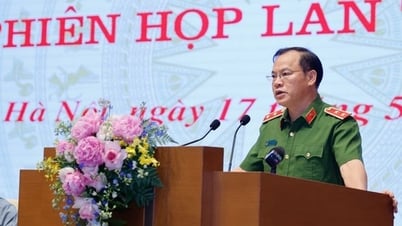


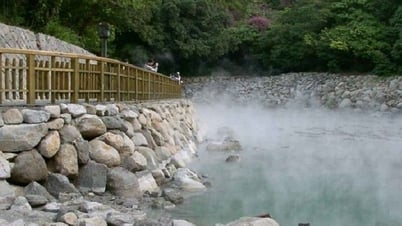
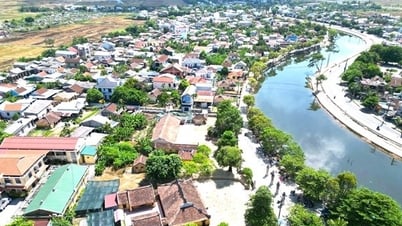





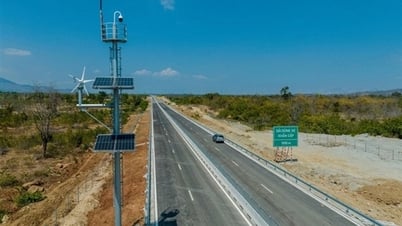
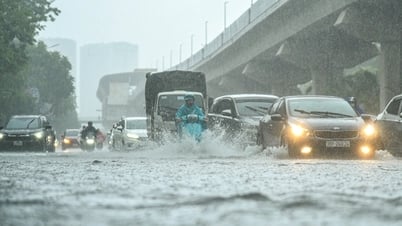

















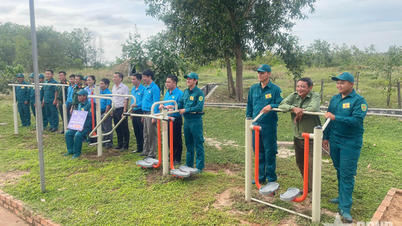















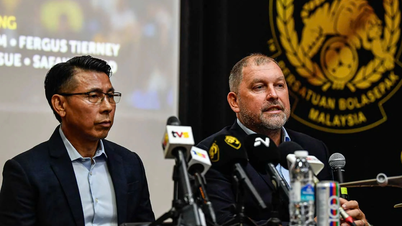



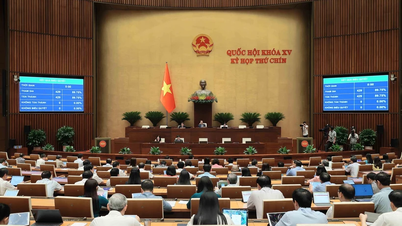








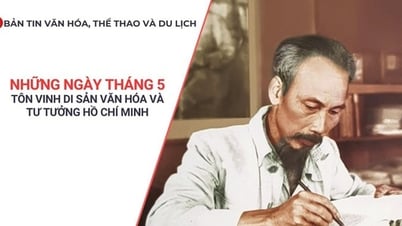

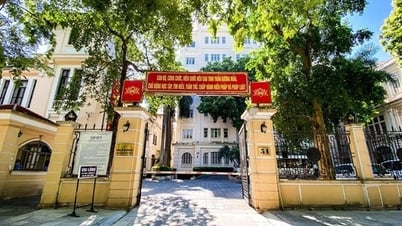


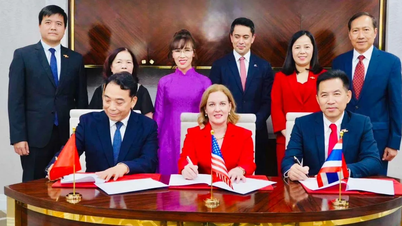



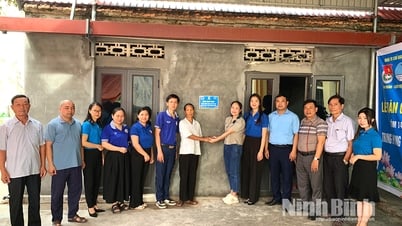



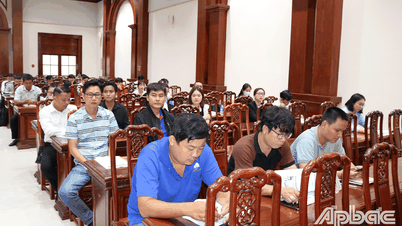

![[Infographic] Numbers about the 2025 High School Graduation Exam in Dong Thap Province](https://vphoto.vietnam.vn/thumb/402x226/vietnam/resource/IMAGE/2025/5/17/c6e481df97c94ff28d740cc2f26ebbdc)










Comment (0)